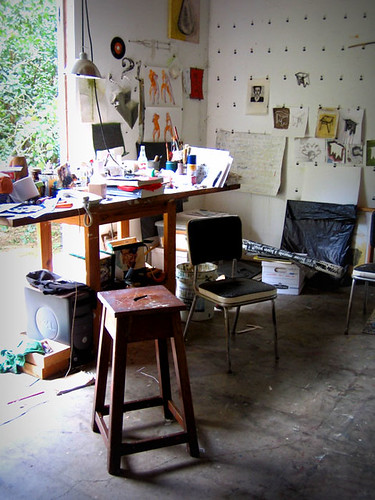
Christopher Cozier's studio is half the ground floor of his house, perched on a hillside in St. Ann's. Almost one whole wall of the studio is a big wooden door that opens to the east, to the first morning light, and a view of the road below and a forested ridge above. Another wall is mostly covered by two of Chris's large drawings, from a series he worked on a few years back. The third wall is lined with untidy bookcases, disgorging art books and catalogues, and dusty hardbound volumes of classic West Indian literature discarded by a library in Port of Spain. On the fourth wall, dozens of evenly spaced pushpins make a sort of grid. Sometimes the grid is filled with drawings hanging from clips. Sometimes, like today, the wall is mostly empty.
A big wooden table sits right across the doorway. There is a strong lamp suspended above, and a tall stool pulled up alongside. On the top of the table there are bottles of ink, tubes of paint, jars of brushes; a telephone, scraps of paper with phone numbers, names, lists; a bowl of coins from various countries, a line of ornate old-fashioned soft-drink bottles, a photograph of one of Chris's sons, all sorts of odds and ends and strange objects, some of which may be artworks or fragments of artworks; and, on the only patch of clear surface, a stack of paper about six or seven inches high.
I like artists' studios. I like the sense of messy, energetic creativity I feel when I step through the door. I like examining artists' tools. I like thinking that any weird little object in the room, any little bit of junk, might turn out to inspire some unknown future work. I like catching glimpses of works in progress, peeking out from behind cloths or furniture. I like the smell of pigments and oils and turpentine, wood-shavings and clay-dust. I like the stains and splashes on the floor.
Apart from the tall stool near the table, there are three old kitchen chairs in Chris's studio. The are boxes in the corners, some labelled ("Unsorted Mail"), some anonymous. There are small shoals of CDs, bits of discarded clothing, what look like scraps of lumber. There are paintings and drawings in frames, stacked up facing the walls. There are children's toys, strayed from the rooms of the house above.
I am sitting in one of the kitchen chairs, sipping from a cup of milky coffee, staring at the pushpin grid on the wall opposite, and listening to Chris. I like visiting his studio and I like listening to him. He is a great talker, one of the best I know, never at a loss for words, plucking anecdotes from his capacious memory, weaving together recollections and observations and insights. He loves talking. One of his favourite words is "conversation". But in my conversations with him I mostly listen. Partly because I'm fascinated by his flow of words and ideas, and don't want to interrupt. Partly because his intense and effortless verbalness leaves me feeling, in turn, wordless. Images are supposed to be his medium, words mine. So why does Chris find it so easy to spin his phrases and lyrics, why do my own sentences feel like knots of barbed wire in my throat?
Several times over the last year I've visited Chris's studio to look at an ongoing series of drawings he calls Tropical Night. Sometimes the drawings--each about nine by seven inches, on thick paper--have filled the pushpin wall. Sometimes they are stacked on the table or the stool. Say seven by seven by nine inches, the stack of paper: a solid object. It has real weight. It casts a shadow. Chris talks about exhibiting the drawings like this: piled up, face down. The longer I stare at the stack, the longer it looks like a piece of sculpture, a cuboid with ridged edges, stained with brown ink.
When the time comes for me to leaf through the drawings, Chris usually finds a reason to leave the studio. I turn over the drawings like pages in a book. Each time, the order has changed. Some of the drawings have become familiar. Some of them are entirely new, not even variations on previous drawings in the series. The new ones shift the narrative, as it were; I thought I'd put the story together, but now there are fresh meanders in the stream of consciousness. I don't, after all, know where this is going.
Neither does Chris. "There are moments when I see a path, and I try to run it down." But: "Sometimes I don't want to prescribe the reading."
Reading. That is my urge: to "read" these images, like a story, like a book.
Maybe it's the "bookness" of the stack of drawings, sitting there like an unbound novel, with the patience of a book. (A book will wait five hundred years, then a reader opens it and the words unfurl fresh as flowers.)
Maybe it's the lines of text, in Chris's ornate, old-fashioned hand, that embroider the edges of the drawings, not naming or explaining, but reaching, it seems, for their own plotlines.
Maybe it's the many hours I've spent talking with Chris, or listening to him--maybe they've convinced me that he has the sensibility of a novelist, taking in everything, penetrating into the deep psychology of things and places and people. A poet's instinct is to pare away, a novelist's is to pile up, pack in, fill the room of the imagination with as much furniture, as much equipment, as much apparatus as possible.
Or maybe the "book" I'm trying to read is a reference work: a dictionary, or an encyclopedia, scrutinising the world, imagining its complexities into small constituent fragments, holding each fragment up to the light, describing it from many angles, enquiring after its pronunciation, its derivation, its possible and impossible uses.
What are the true names for these things? A small wooden bench, a distinctive triangular notch cut between its legs. A starburst shape that might be a flower or a leaf, a halo or a collar, or a setting sun. A medieval map of the Old World, continents with crinkled edges and rivers like roots or worms, writhing. Flights of hummingbirds, conspiring. Men jumping or swimming or trying to keep their balance. Monsters, sometimes one-eyed, sometimes two, stuffing their mouths with human flesh. Loaves of bread. Slices of cake. The numbers one, two, three, and seven. Dogs marking their territory. Feet. Cages and fences. The sea, or the horizon that hovers beyond. Women in Carnival bikinis. The silhouette of a young man, his bald head carrying absurd burdens, or filled with visions of all the above.
Of whose world is this a catalogue? Of whose history are these the chapters? Whose lexicon? Whose game? Whose fate?
I look up and for a moment it seems the images in the drawings have taken three-dimensional form and are populating the studio. Near-invisible lines of trajectory connect object to object, and object to image on the pages in my hands. I am caught in this web, and the whole room is washed in sepia ink. I close the "book".
My eyes readjust and once again I see chairs, bottles, boxes, scraps of wood.
The stack of paper sits on the only patch of clear surface on the table, jostled by jars of brushes.
Chris is saying: "Drawing is my note-taking, my handwriting."
I am thinking: This is not a book, this is not a novel, and in trying so hard to discern a "plot" you are seeing less and less of the actual shapes and marks before you.
Chris is saying: "I'm enjoying not having to account for myself."
I am thinking: Do these drawings "rhyme"? Do they have a "rhythm"?
Chris is saying: "If you just take this"--he picks up the stack of paper, holds it in the air for a moment, puts it back on the table with a gentle thud; it has weight, it casts a shadow--"if you just take that as an object, what it says is, all of these thoughts are in there.
"There is no end in sight."
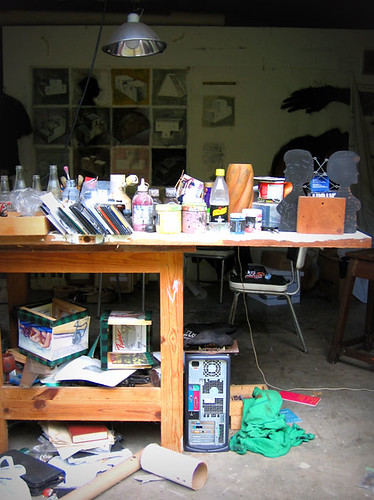

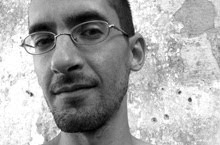


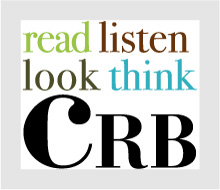
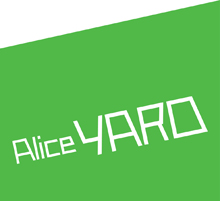
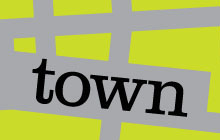

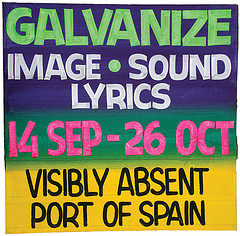
1 comment:
So eloquently written Nic. You should do a series on your views of different artist's studios in the region.
Post a Comment